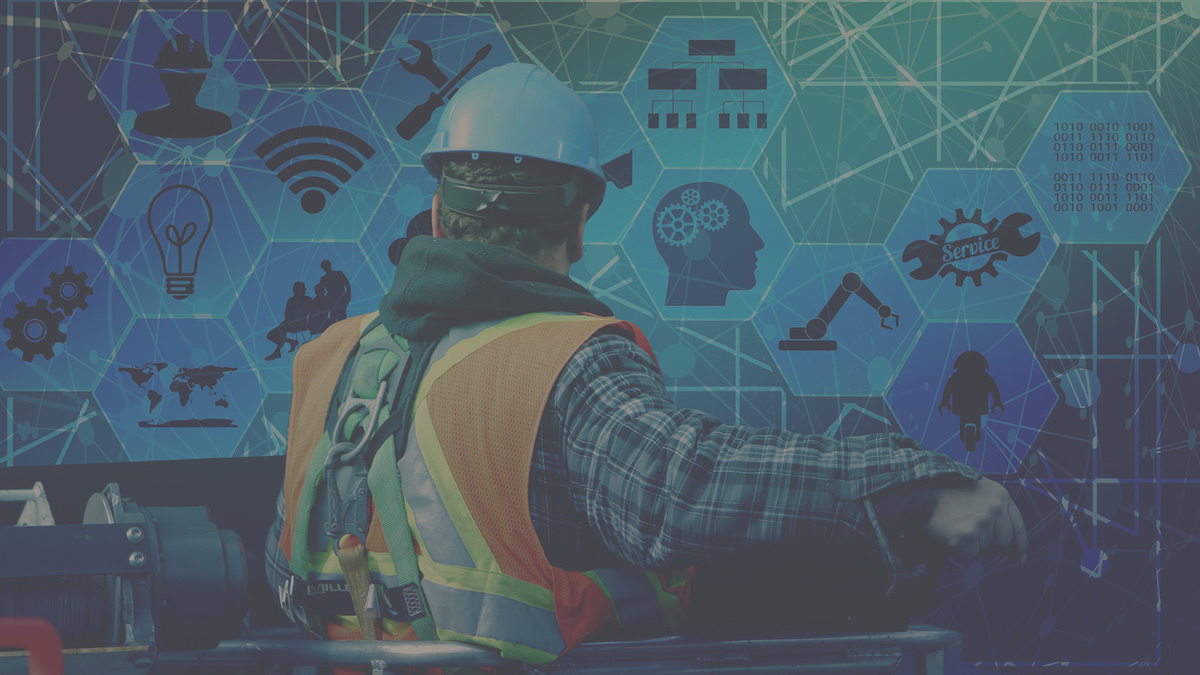How IT and OT could spark increased digital productivity

The convergence of information and operational technology could kickstart a new phase in the fourth industrial revolution
With the new industrial revolution that is “Industry 4.0” already underway, many different terminologies for technologies are being circulated. Information technology (IT) has, of course, technically been around since the days of the abacus, but a new term that’s being frequently mentioned is operational technology (OT) – the hardware and software that sits in the background, constantly monitoring systems.
Both have different functions, yet both IT and OT are essential contributors in ensuring the transition to the fourth industrial revolution is as seamless as possible. Nonetheless, with their functions being so different, there is a gap emerging between the two, and it is crucial that this is closed or bridged as soon as possible.
Historically, the functions of both IT and OT have been clearly defined, but as operational technologies are being brought online, with data analytics and higher connectivity, it is becoming progressively essential that the two converge.
To paraphrase the Peter Parker principle, with great connectivity comes great control. However, a supposed cause for the still existing gap between IT and OT is the fact that more connections and networked devices means a greater risk of security gaps, and new security breach scenarios are being created which could have detrimental effects on both. This risk must be dealt with by increased levels of cyber-security, which in turn also aids the shift into Industry 4.0.
In the most simplistic of descriptions, IT deals with the digital flow of information and OT with the operation of physical processes and the machines used to carry them out. It is important for IT to start “thinking” like OT and vice versa, and in order to work in parallel, the two must understand one another. The introduction of the industrial internet of things (IIoT) has created a mutual concern between the two in employee and customer safety, while maintaining control of their systems and machinery.
During a February 2020 roundtable, the GAMBICA Industrial Automation Council discussed ongoing advances in technology from participants’ own experiences, the most significant impacts of technology seen in the past decade, and what they expected to see in the decade ahead. While the importance of bridging the gap between IT and OT was a key topic of conversation it was agreed that technologies such as cloud and industrial edge are closing the gap, and that the flow of data is helping to break down the barriers between the two.
The gap between IT and OT certainly needs to be closed – during the discussion the idea that a change towards a smart factory also means a change in mindset within the factory itself took hold. Skillsets from both technologies need to co-exist and we need to establish how they can work together for this convergence to be successful.
Coinciding with this mindset alteration is a bridge between IT and OT being formed by more external factors. There is increasing demand, driven by customers, for controlling machines that use mobile phones, meaning machines are more “user-friendly”, for example, as well as requirements to achieve environmental targets such as net-zero plants. “Past industrial revolutions have all consisted of two changes,” observed one participant at the roundtable. “One is a technology change, but each time there has also been a societal change.” This is certainly key if Industry 4.0 is to transform the “if it’s not broken, don’t fix it” mentality to a “we can get a lot more for just a little bit more” ideology.
Being a master of IT and OT requires not only two different skillsets, but also a new way of thinking to see how the disciplines intersect, and specialists in both are currently rare. However, the emergence of the Industrial Internet of Things (IIoT) has set the stage for a union of these technologies, which is likely to unlock a new realm of competitive advantage in almost every industry.
by Nikesh Mistry, Sector Head – Industrial Automation, Gambica
Do you agree that we need to see a convergence of these skillsets? Have you seen similar bridges in your corporation? If you want to discover how similar companies feel, get in touch with us at www.gambica.org.uk to find out more.
Winston House, 3rd Floor, Units 306-309, 2-4 Dollis Park, London, N3 1HF
23-29 Hendon Lane, London, N3 1RT
020 8349 4363
© 2025, Lyonsdown Limited. Business Reporter® is a registered trademark of Lyonsdown Ltd. VAT registration number: 830519543